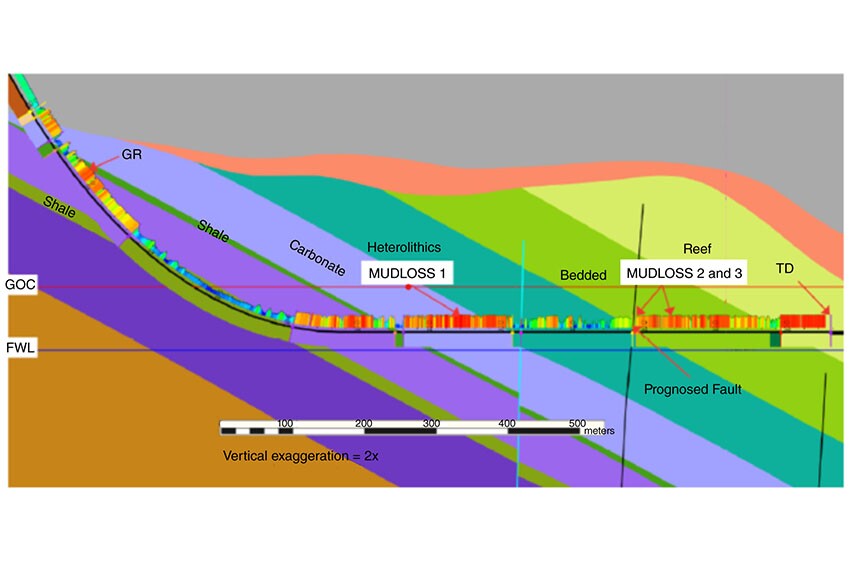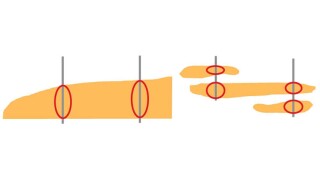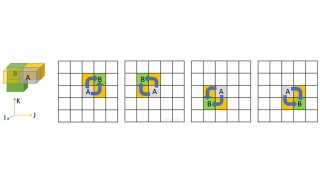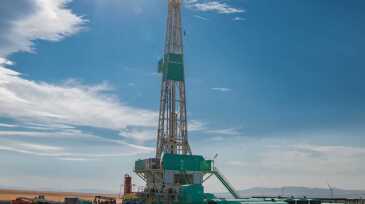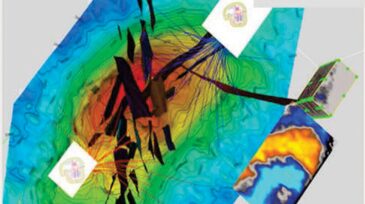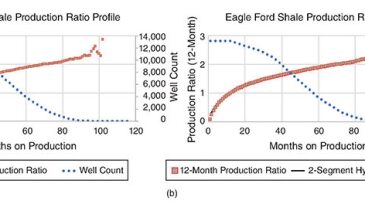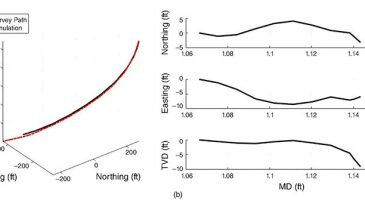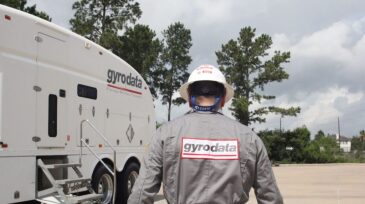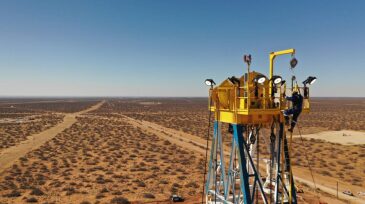Directional/complex wells
This paper discusses cases from the North Sea and offshore California in which high-fidelity pressure and dynamics measurements, combined with high-speed telemetry, helped overcome complex geotechnical challenges.
This paper describes an alternative lower-completion concept for developing Lower Wilcox reservoirs referred to as high-angle multifractured well design.
This paper presents an efficient mathematical optimization method for well placement that maximizes contact with the productive zones for the best locations in the reservoir.
-
Utah FORGE has completed the first highly deviated, deep geothermal well to target depth and at planned trajectory, 60 days ahead of schedule.
-
Our understanding of drilling with better software, instrumentation, machines, computer vision, downhole tools, and robots will continue improving the economics of horizontal wells, and the trend is set to continue. This is good news for the geothermal market.
-
The complete paper describes an offshore artificial island project northwest of Abu Dhabi in which drilling limits were extended continually by adopting new technologies and practices in an extended-reach-drilling (ERD) campaign.
-
Rystad Energy compared the decommissioning costs based on two similar steel platforms, one in each region, using its cost-estimating tool.
-
The complete paper discusses the use of cumulative production ratio curves normalized to a given reference volume in time for different unconventional plays in North America to investigate the median trend for each play and the median ultimate recovery per play.
-
Although multilateral and long-reach wells are common, the technological development is not complete. Effective implementation of digital technology requires complementary development of the technology itself.
-
This paper describes the analysis of sidetracks drilled in an open hole by an annular ledge formation method with a downhole motor in multilateral wells.
-
The amount of uncertainty related to directional drilling makes accurate drilling challenging, leaving much to human know-how and interpretation. Additionally, few path-planning methods in the literature consider the directional steering tool being used.
-
The move to combine forces comes amid the fastest contraction in drilling activity the US shale sector has ever seen while Gyrodata will retain its international business.
-
Sometimes problems turn out to be an opportunity to try something new. In this case, the result was a well design unlike anything most in the shale sector have seen before.

